Morte e Resurrezione
DEATH & RESURRECTION
Death and Resurrection” presents the viewer with a criticism of contemporary life. Through such themes as religion, love, luxury, and madness, the artist seeks to contemplate human existence. Deformed and skeletal body parts underline the ephemeral vanity of the human condition while a dripping nipple of red juice symbolizes a loss of love. A powerful sense of religion pervades the artist’s visual tableau, so that life and spirituality triumph over vice. The artist seeks to warn against a dismal state of mankind and considers instead the idea of rebirth (through faith and God’s gifts) by transforming individual “falls” into a Resurrection. This series consists of fourteen paintings, paralleling the fourteen Stations of the Cross, opposing the Death of the body and the Resurrection of the soul. Ernesto Graditi’s figurative work can be characterized by his revisiting the past—often from varying approaches expecially looking at the history and his personages. Here, the application of pearls, dried leafs, and textiles complete each pictorial scene. Also, the artist’s goals resemble those of the ancient masters: his drawings and paintings, expressing historic tales, ideas, and ancestral visions, exhibit technical mastery yet are easy for the public to understand. In “Death and Resurrection,” the artist opens a window onto the world, depicting the chaos of human life so that the contemporary human and spiritual condition can be better understood. Ernesto Graditi’s art does not adhere to a traditional timeline however. Rather, his subjects exist out of time in the sublime, linking contemporary man to the history of mankind.
Death and Resurrection” presents the viewer with a criticism of contemporary life. Through such themes as religion, love, luxury, and madness, the artist seeks to contemplate human existence. Deformed and skeletal body parts underline the ephemeral vanity of the human condition while a dripping nipple of red juice symbolizes a loss of love. A powerful sense of religion pervades the artist’s visual tableau, so that life and spirituality triumph over vice. The artist seeks to warn against a dismal state of mankind and considers instead the idea of rebirth (through faith and God’s gifts) by transforming individual “falls” into a Resurrection. This series consists of fourteen paintings, paralleling the fourteen Stations of the Cross, opposing the Death of the body and the Resurrection of the soul. Ernesto Graditi’s figurative work can be characterized by his revisiting the past—often from varying approaches expecially looking at the history and his personages. Here, the application of pearls, dried leafs, and textiles complete each pictorial scene. Also, the artist’s goals resemble those of the ancient masters: his drawings and paintings, expressing historic tales, ideas, and ancestral visions, exhibit technical mastery yet are easy for the public to understand. In “Death and Resurrection,” the artist opens a window onto the world, depicting the chaos of human life so that the contemporary human and spiritual condition can be better understood. Ernesto Graditi’s art does not adhere to a traditional timeline however. Rather, his subjects exist out of time in the sublime, linking contemporary man to the history of mankind.
Sicilian Artist Ernesto Graditi to Exhibit and Perform at Galerie St. George in Italian Cultural Festival Staten Island, March 22, 2009—Galerie St. George today announced an exhibition of paintings, drawings and other works by Italian artist Ernesto Graditi (b. 1972). The show will open on Saturday, May 23rd, 2009 with a public reception from 4 – 8 p.m. at the gallery located at the landmark 1885 Anson Phelps-Stokes estate at 11 Phelps Place, Staten Island, NY 10301, and will run through July 11th, 2009. Graditi, who joins the gallery—comprised of mainly New York artists—from his native Sicily, brings with him an interesting and complex oeuvre, a product of his multidimensional focuses in painting, science, architecture and film. “My collaboration with Galerie St. George gives me the opportunity to show my work and express my creative vision for the first time in the U.S.A.” stated Graditi, who is also a professor at the University of Palermo’s School of Literature and Philosophy. The exhibition features works from his 2007 series “Morte e Resurrezione” (Death and Resurrection), which presents the viewer with a criticism of contemporary life through such themes as love, luxury and madness. A powerful sense of religion pervades the artist’s visual tableau, so that life and spirituality triumph over vice. People remain at the core of Graditi’s quasi-surreal landscapes—at times deserted or laden with colorful architecture and native flora and animals. This dualism opposing the Death of the body and the Resurrection of the soul is central in this series of fourteen paintings, paralleling the fourteen Stations of the Cross. Ernesto Graditi’s figurative work can be characterized by his revisiting the past—often from varying thematic and technical approaches. We might consider “Normannesimo” 2 (Normanism), Graditi’s [2004] series consisting of 50 oil paintings, as the height of his historic inquiries, of which people and cultures remain at the heart. Here, the artist explores the Norman occupation of Medieval Sicily, his longtime passion, which resulted in Sicily’s hybrid culture, composed of Arab, Byzantine, Southern Italian, and Northern European influences. Architecture, sculpture, and mosaics, as well as the celebrated Bayeux tapestry, attest to this cultural fusion and provide inspiration for this series, now in the Collection of the Office of Cultural Heritage of Sicily and on permanent display at the Museo Regionale di Storia Naturale (Regional Museum of Natural History). In a recent development, Graditi stitches these “Medieval” scenes onto coppole, traditional Sicilian caps, to further the cross-cultural theme. Graditi’s Sicilian caps will be part of this exhibition. “We are excited to introduce this bold, visionary artist for the first time in the United States,” stated Gary Brant, Director of Galerie St. George. “Combining a rich sensibility for the past and iconic traditions in surrealistic tableaux are at once beautiful and haunting,” Brant continued. “For me, the artist is a messenger of God and art is a means to instruct people about human existence.” Graditi likens himself, as seen from this quote, to the ancient masters: his drawings and paintings, expressing historic tales, ideas, and ancestral visions, exhibit technical mastery yet are easy for the public to understand. To these ends, Graditi takes part in public performances throughout Sicily, integrating design, dance, and music. On May 23rd, 2009 Ernesto Graditi will perform at Galerie St. George during his opening reception, thus bringing his artistic vision to the North Shore of Staten Island, in an Italian cultural festival complete with Italian music and cuisine. This special event is free for all attendees. For further information, kindly contact: Gary Brant, Director Alexis Romano, Director of Public Relations Galerie St. George Galerie St. George 11 Phelps Place 245 Benedict Road Staten Island, New York 10301 Staten Island, New York 10304 Telephone: 718.390.0130 Mobile: 347.466.2931 Mobile: 917.378.2525 email: ar@galeriestgeorge.com email: gb@galeriestgeorge.com

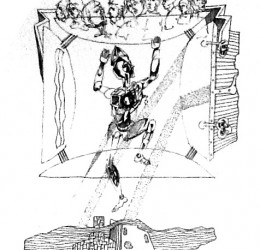
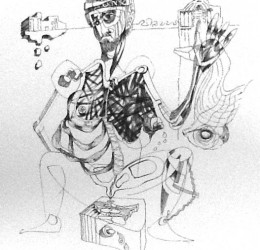






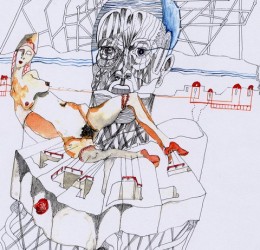
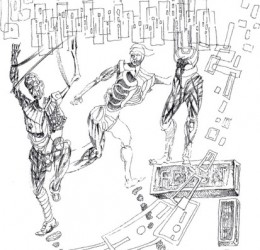
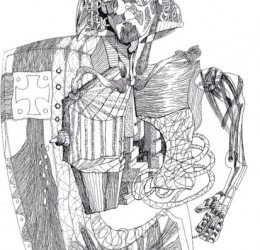




















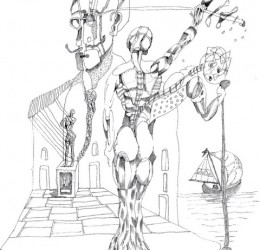
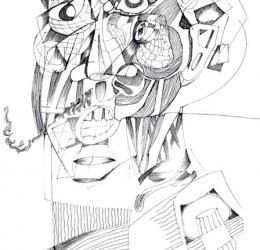
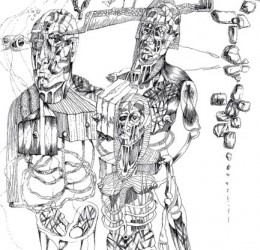
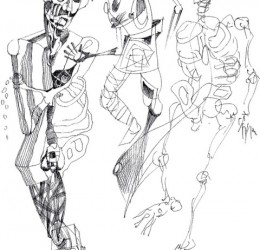






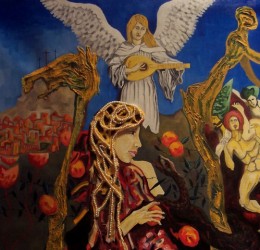
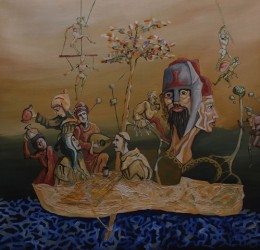
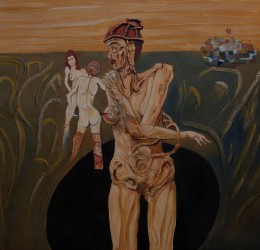
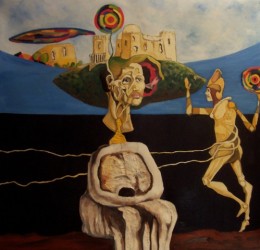





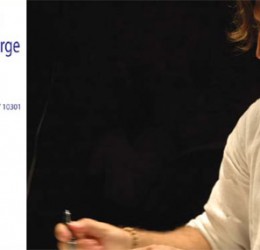
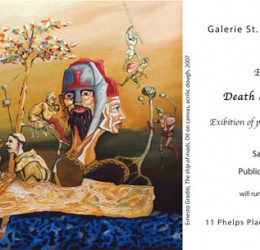





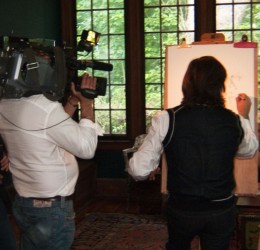











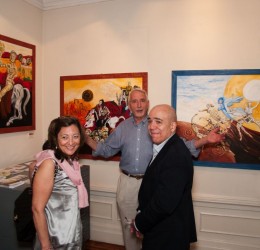




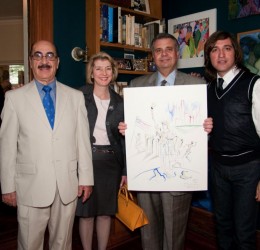
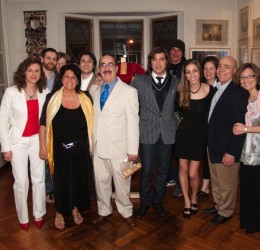
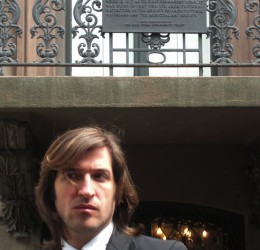
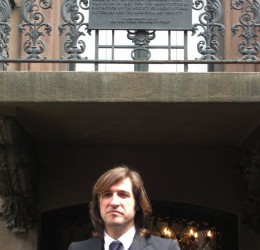







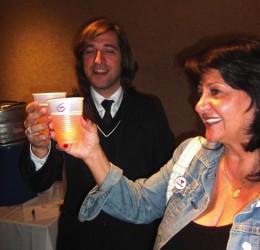


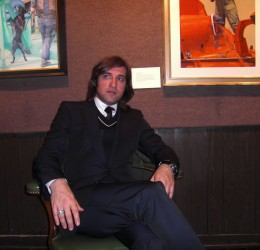
 English
English Italiano
Italiano